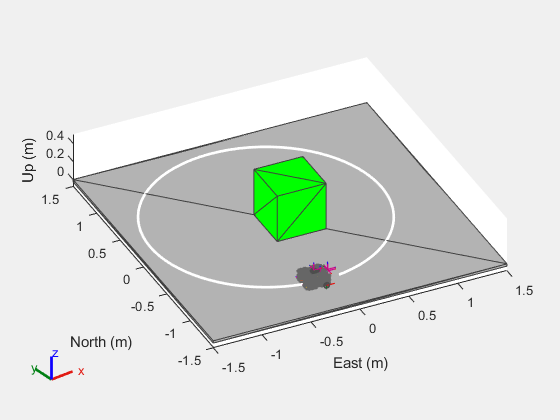robotScenario
Description
The robotScenario object generates a simulation scenario
consisting of static meshes, robot platforms, and sensors in a 3-D environment.
Creation
Description
scenario = robotScenario
scenario = robotScenario(Name=Value)robotScenario object with properties using one or more
name-value arguments.
Properties
Object Functions
addInertialFrame | Define new inertial frame in robot scenario |
addMesh | Add new static mesh to robot scenario |
advance | Advance robot scenario simulation by one time step |
binaryOccupancyMap | Create 2-D binary occupancy map from robot scenario |
restart | Reset simulation of robot scenario |
setup | Prepare robot scenario for simulation |
show3D | Visualize robot scenario in 3-D |
updateSensors | Update sensor readings in robot scenario |
Examples
Version History
Introduced in R2022a
See Also
Objects
Functions
addInertialFrame|addMesh|advance|binaryOccupancyMap|restart|setup|show3D|updateSensors
